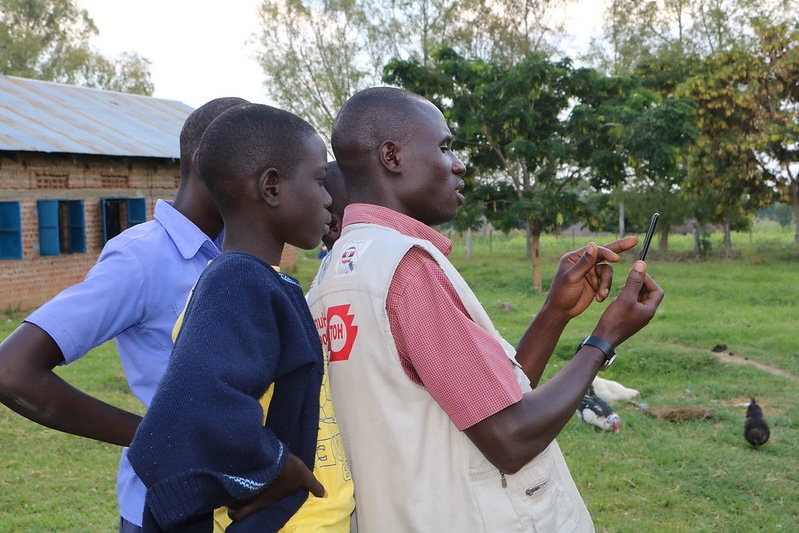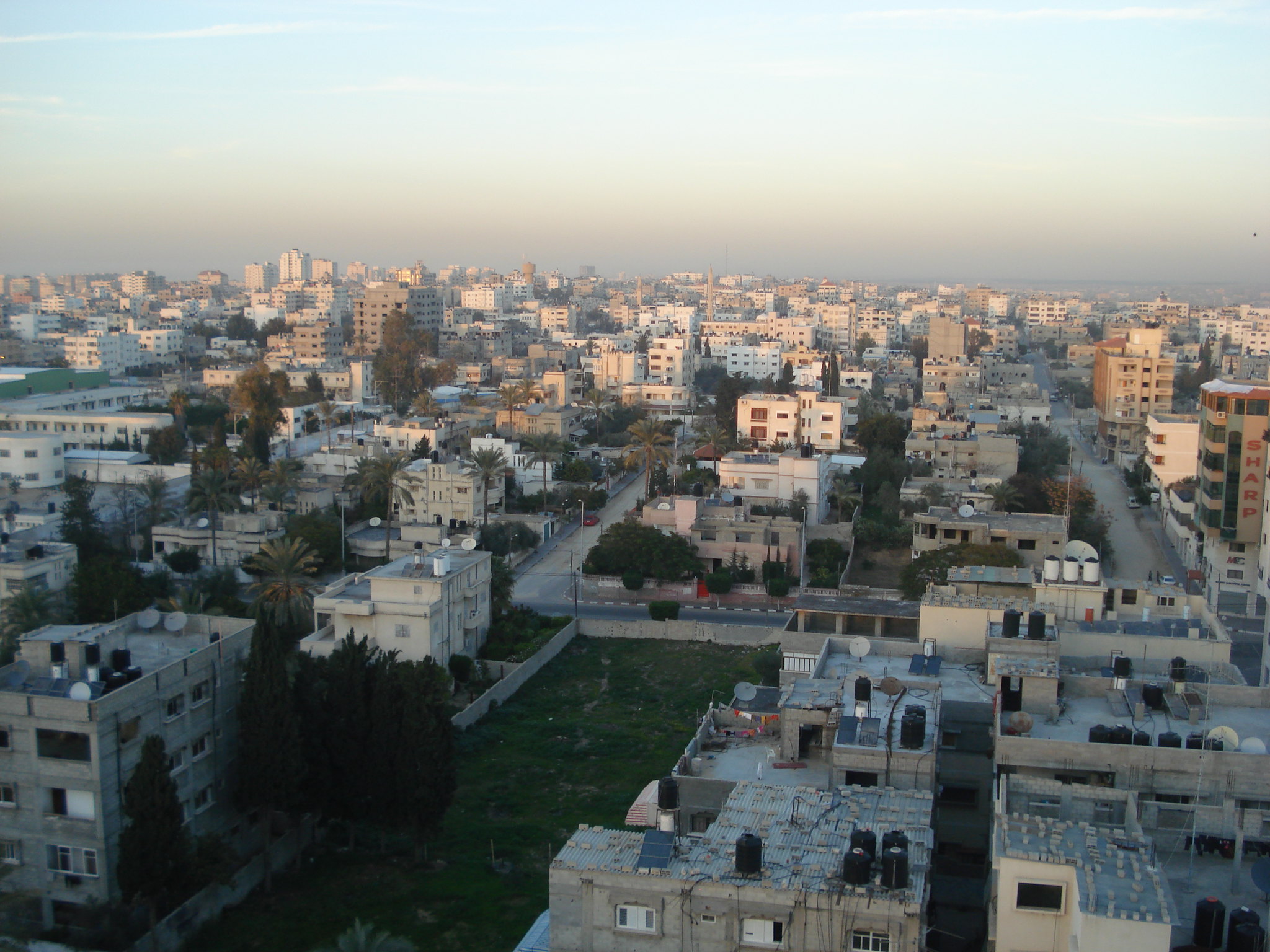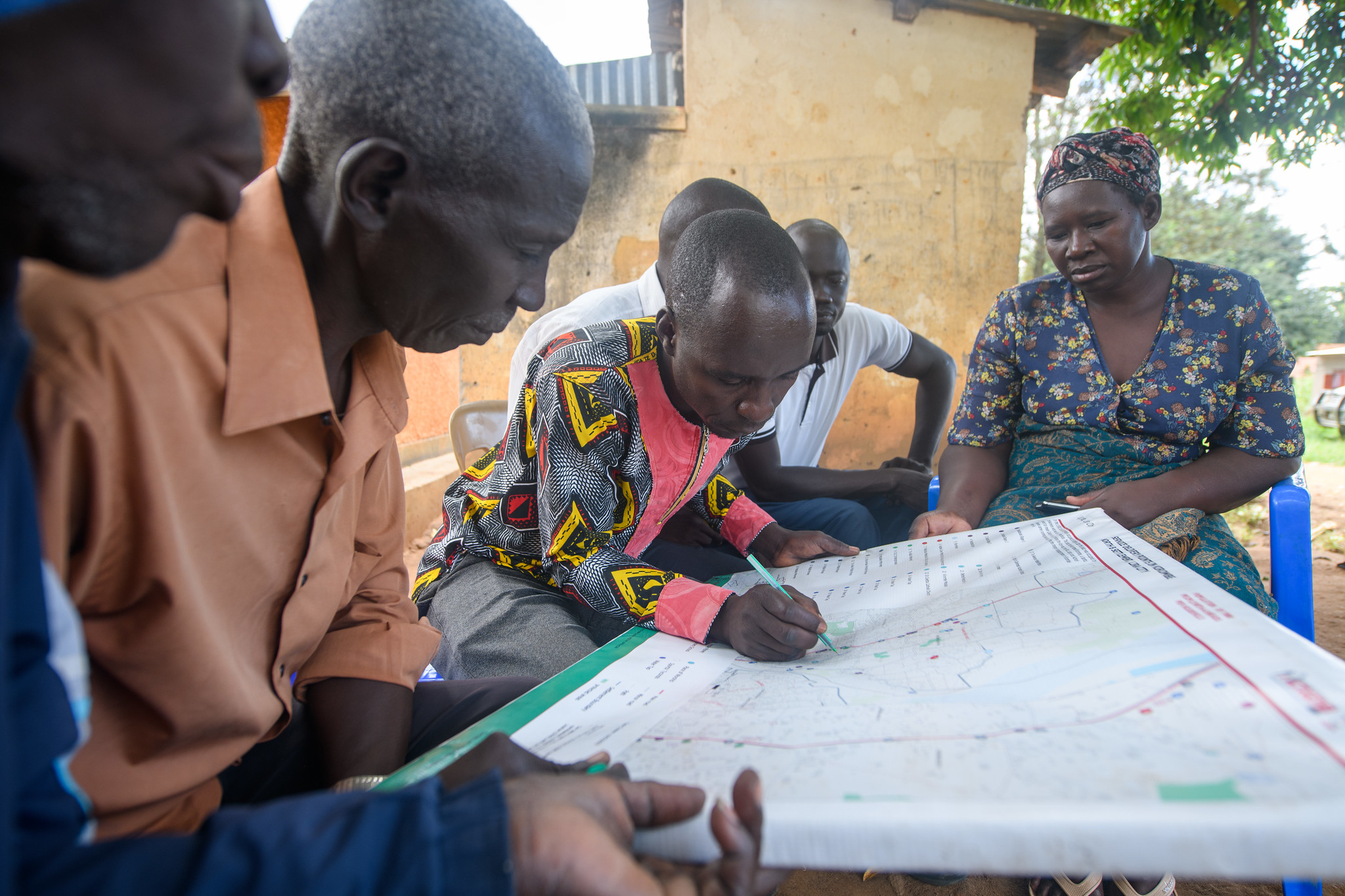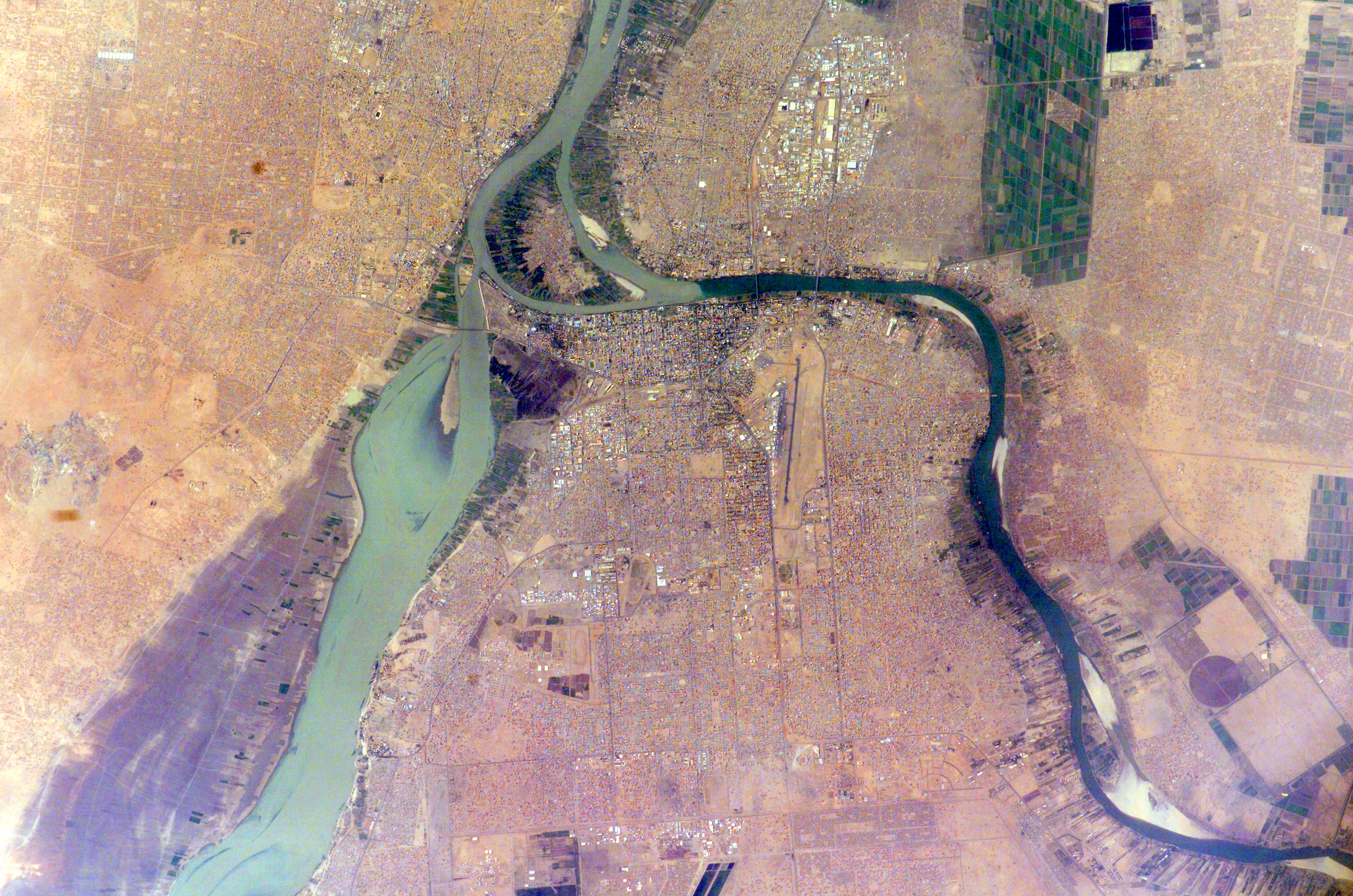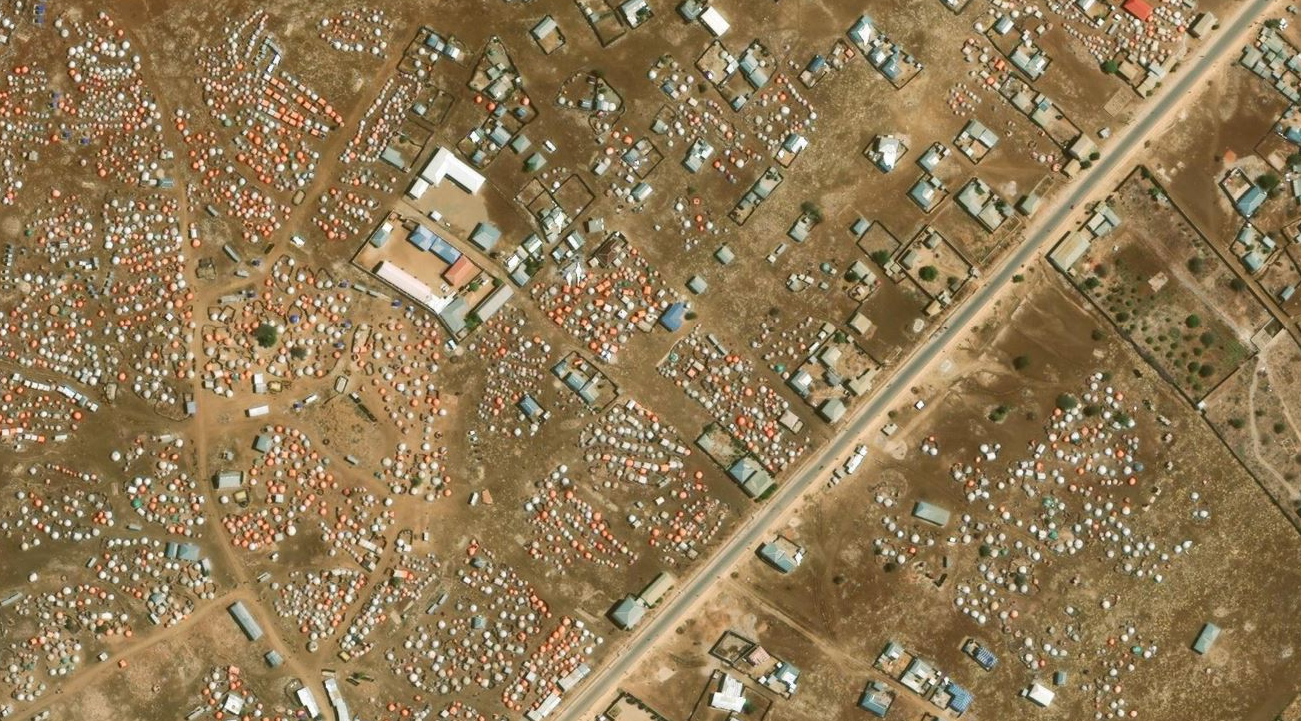+712,486
Map edits in OSMⓘ Refers to any change made, such as adding, modifying, or deleting features like roads, buildings, points of interest, or others.
+307,762
Buildings Mappedⓘ The absolute increase or decrease in the amount of buildings in the OSM database.
22
Mapping Projectsⓘ Number of Tasking Manager projects created under this program.
355
OSM Contributorsⓘ The number of distinct users that have edited OSM data. Projects in this program are only open to expert mappers.



